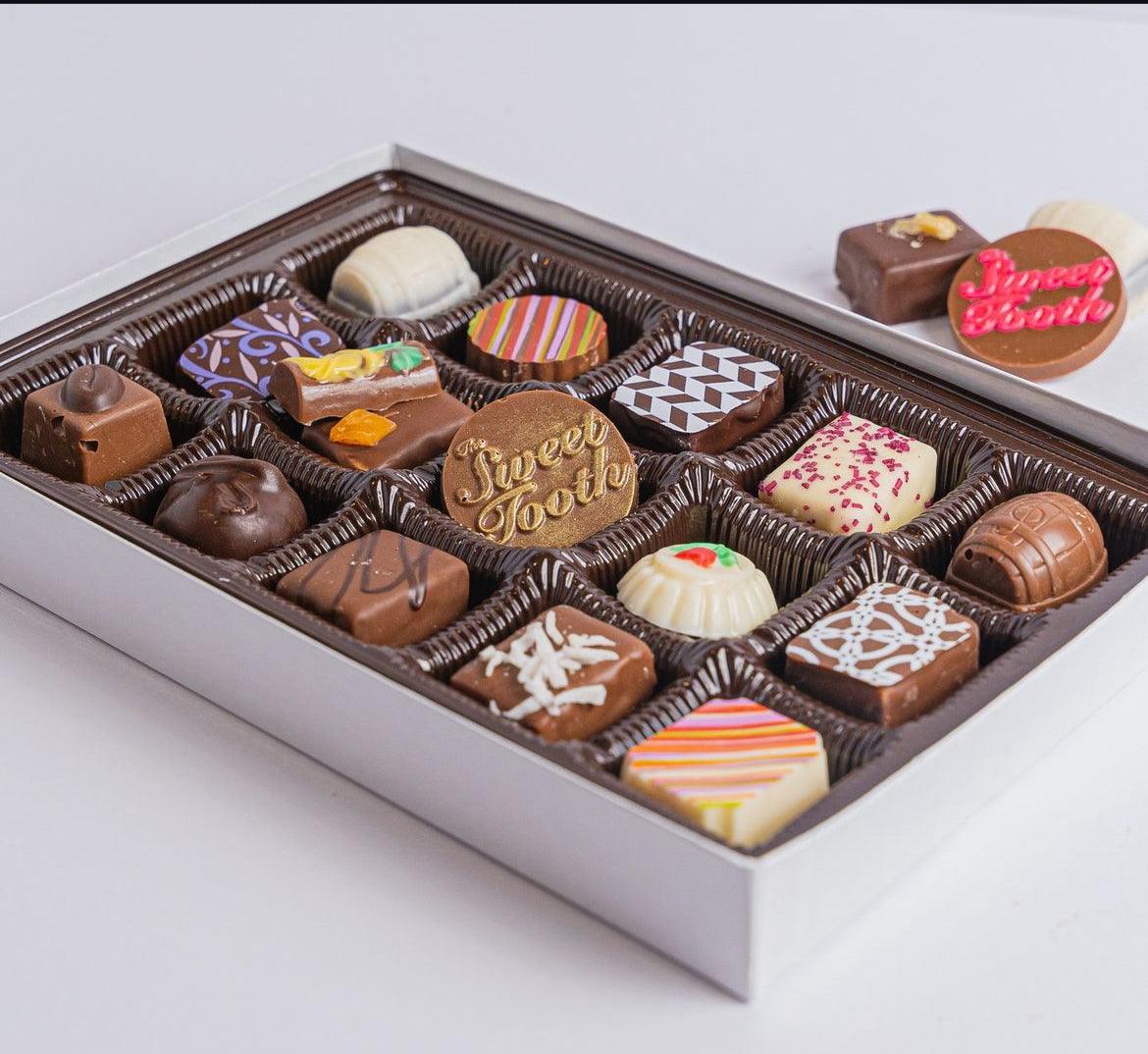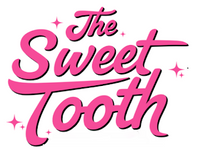
What Factors Determine the Quality of a Handcrafted Chocolate Truffle?
The quality of a handcrafted chocolate truffle is primarily determined by the cacao content and origin of its chocolate, the freshness and richness of its ganache ingredients, the precision of its tempering process, and the skill applied in balancing flavors and textures. These foundational elements, combined with proper storage conditions and timing, create the distinction between mass-produced confections and artisan-quality truffles.
Understanding Chocolate Foundation Quality
Cacao Content and Origin Impact
The chocolate shell of a truffle serves as more than mere packaging—it fundamentally determines the entire eating experience. Cacao percentage directly influences both flavor complexity and structural integrity. Premium truffles typically utilize chocolate with 60-85% cacao content, with each percentage range offering distinct characteristics.
High-Cacao Chocolates (70-85%):
- Provide intense, complex flavor profiles with subtle fruit, nut, or spice notes
- Create firmer shells that maintain structural integrity during handling
- Offer better contrast with creamy ganache centers
- Require more precise tempering due to higher cocoa butter content
Medium-Cacao Chocolates (60-70%):
- Balance sweetness with chocolate depth
- Provide versatility for various ganache flavors
- Offer smoother tempering characteristics
- Appeal to broader palate preferences
The geographic origin of cacao beans contributes terroir characteristics similar to wine grapes. Single-origin chocolates from regions like Ecuador, Madagascar, or Venezuela each impart unique flavor notes that skilled chocolatiers consider when designing truffle recipes.
Chocolate Processing and Bean-to-Bar Considerations
The journey from cacao bean to chocolate coating involves multiple quality checkpoints. Conching time—the process of refining chocolate texture—significantly impacts the final product's smoothness. Premium chocolate typically undergoes 24-72 hours of conching, compared to just a few hours for commercial-grade chocolate.
Particle size also influences quality perception. Properly refined chocolate maintains particles smaller than 20 microns, creating the smooth mouthfeel associated with high-quality confections. Larger particles create a gritty texture that immediately signals lower quality to discerning consumers.
The Science of Ganache Excellence
Ingredient Quality and Ratios
Ganache—the creamy center that defines most truffles—represents a delicate emulsion of chocolate, cream, and often butter. The quality of each component directly impacts the final product's texture, flavor, and shelf life.
Heavy Cream Standards: Premium ganache requires heavy cream with at least 35% fat content. The fat percentage affects both flavor richness and emulsion stability. Lower-fat alternatives often result in ganache that separates, develops grainy textures, or lacks the luxurious mouthfeel expected in quality truffles.
Chocolate-to-Cream Ratios: Traditional ganache ratios range from 1:1 to 2:1 (chocolate to cream by weight), with variations depending on desired consistency and intended use:
- 1:1 ratio: Creates soft, spreadable ganache ideal for immediate consumption
- 1.5:1 ratio: Provides moderate firmness suitable for rolling and coating
- 2:1 ratio: Results in firm ganache that holds shape well and extends shelf life
Temperature Control During Preparation: Ganache preparation requires precise temperature management. Cream should be heated to exactly 185-195°F (85-91°C)—hot enough to create proper emulsion but not so hot as to break the chocolate's delicate structure. The chocolate should be finely chopped and at room temperature before combining.
Emulsification Techniques
Proper emulsification creates the smooth, glossy texture that distinguishes quality truffles. The process involves gradually incorporating hot cream into chocolate while maintaining constant, gentle agitation. Professional chocolatiers often use immersion blenders to achieve perfect emulsification, creating ganache with a glossy surface and no visible separation.
Common Emulsification Problems:
- Grainy texture: Often results from overheating or insufficient mixing
- Oil separation: Indicates temperature shock or ingredient quality issues
- Dull appearance: Suggests incomplete emulsification or stale ingredients
Tempering: The Critical Technical Process
Understanding Chocolate Crystal Formation
Tempering represents perhaps the most technically demanding aspect of truffle creation. This process controls the formation of cocoa butter crystals, determining the chocolate's appearance, texture, and stability. Properly tempered chocolate exhibits a glossy finish, firm snap, and resistance to bloom—the white, chalky appearance that indicates crystal instability.
Cocoa butter can form six different crystal types (polymorphs), but only Form V produces the desired characteristics in finished chocolate. Achieving this requires specific temperature sequences that vary based on chocolate type:
Dark Chocolate Tempering Sequence:
- Heat to 115-120°F (46-49°C) to melt all crystals
- Cool to 84°F (29°C) to encourage crystal formation
- Reheat to 88-90°F (31-32°C) to eliminate unstable crystals
- Maintain working temperature of 88-90°F (31-32°C)
Milk Chocolate Tempering Sequence:
- Heat to 110-115°F (43-46°C)
- Cool to 81°F (27°C)
- Reheat to 86-88°F (30-31°C)
- Maintain working temperature of 86-88°F (30-31°C)
Environmental Factors in Tempering
Ambient temperature and humidity significantly impact tempering success. Ideal conditions include temperatures between 65-70°F (18-21°C) and humidity below 50%. Higher humidity can cause sugar bloom, while temperature fluctuations can disrupt crystal formation.
In climates like South Florida, where humidity regularly exceeds 70%, professional chocolatiers often work in climate-controlled environments with dehumidification systems. This environmental control becomes particularly crucial during summer months when ambient conditions can quickly compromise chocolate quality.
Flavor Development and Balance
Layering Flavor Complexity
Quality truffles demonstrate sophisticated flavor development that unfolds progressively during consumption. This complexity results from careful ingredient selection and understanding of how flavors interact with chocolate's fat content.
Flavor Release Timing:
- Initial bite: Chocolate shell provides first flavor impression
- Middle palate: Ganache releases primary flavors as it warms
- Finish: Secondary notes emerge as fats coat the palate
Alcohol Integration: When incorporating spirits or liqueurs, timing and technique affect both flavor intensity and ganache stability. Alcohol should be added after initial emulsification and at temperatures below 85°F (29°C) to prevent evaporation and maintain proper consistency.
Balancing Sweet, Bitter, and Umami
Exceptional truffles achieve balance between chocolate's inherent bitterness, added sweetness, and subtle umami notes. This balance varies based on chocolate origin and cacao percentage:
High-Cacao Balance (70%+ chocolate):
- Minimal additional sweetening to preserve chocolate character
- Subtle flavor additions that complement rather than mask
- Emphasis on texture contrast between firm shell and creamy center
Lower-Cacao Balance (60-70% chocolate):
- More flexibility for sweet flavor additions
- Opportunity for stronger flavor infusions
- Greater tolerance for varied ganache consistencies
Quality Indicators and Assessment
Visual Quality Markers
Professional assessment of truffle quality begins with visual inspection. High-quality truffles exhibit specific visual characteristics that immediately indicate production standards:
Surface Quality:
- Uniform, glossy finish without streaks or dull spots
- No visible bloom (white or gray discoloration)
- Consistent size and shape across batches
- Clean release from molds without surface imperfections
Coating Consistency:
- Even chocolate thickness around entire truffle
- No thin spots that might compromise shelf life
- Smooth surface texture without air bubbles
- Proper adhesion between shell and ganache
Textural Assessment
The sequence of textures during consumption provides critical quality information:
Initial Bite:
- Clean snap of properly tempered chocolate
- No cracking or shattering that indicates over-tempering
- Resistance that yields smoothly to pressure
Ganache Release:
- Smooth, creamy texture without grittiness
- Proper melting characteristics at mouth temperature
- No oil separation or grainy consistency
- Balanced firmness that neither runs nor resists
Shelf Life and Storage Considerations
Quality truffles maintain their characteristics over time when properly stored. Understanding storage requirements helps assess overall quality:
Optimal Storage Conditions:
- Temperature: 60-65°F (15-18°C)
- Humidity: Below 50% relative humidity
- Light: Protected from direct sunlight
- Air circulation: Moderate ventilation without drafts
Quality Degradation Indicators:
- Bloom development (visual quality loss)
- Texture changes in ganache (separation or hardening)
- Flavor deterioration (loss of complexity or off-flavors)
- Structural compromise (cracking or soft spots)
Regional and Seasonal Considerations
Climate Impact on Production
Geographic location significantly influences truffle production techniques and quality outcomes. Humid environments like coastal Florida require additional considerations for maintaining chocolate stability throughout the production process.
Humidity Management: Facilities in high-humidity environments often employ:
- Dehumidification systems maintaining 40-50% relative humidity
- Temperature-controlled work areas separate from general facility climate
- Modified storage protocols accounting for local conditions
- Adjusted packaging materials providing additional moisture barriers
Seasonal Production Adjustments:
- Summer: Increased climate control requirements and modified shipping schedules
- Winter: Adjusted tempering temperatures accounting for lower ambient temperatures
- Spring/Fall: Optimal production conditions requiring fewer environmental modifications
Ingredient Seasonality
Quality truffle production considers seasonal availability of ingredients:
Seasonal Flavor Profiles:
- Spring: Fresh herb and light fruit infusions
- Summer: Tropical fruit flavors accounting for heat sensitivity
- Fall: Spice and nut combinations
- Winter: Rich, warming flavors like cinnamon, cardamom, and aged spirits
Common Quality Issues and Solutions
Identifying Production Problems
Understanding common quality issues helps identify superior products:
Bloom Development:
- Fat bloom: Caused by temperature fluctuations or poor tempering
- Sugar bloom: Results from humidity exposure
- Prevention: Proper tempering, controlled storage, appropriate packaging
Ganache Problems:
- Separation: Usually indicates temperature or ingredient quality issues
- Grittiness: Often results from inadequate mixing or inferior chocolate
- Short shelf life: May indicate improper ratios or contamination
Textural Issues:
- Soft shells: Typically indicate under-tempering or high ambient temperature
- Cracking: Often results from over-tempering or rapid temperature changes
- Uneven coating: Suggests inadequate technique or equipment limitations
Professional Assessment Techniques
Systematic Quality Evaluation
Professional chocolatiers employ systematic approaches to quality assessment:
Visual Inspection Protocol:
- Overall appearance and consistency
- Surface quality and finish
- Size and shape uniformity
- Packaging integrity and presentation
Textural Analysis:
- Initial bite resistance and snap
- Ganache consistency and mouthfeel
- Temperature sensitivity and melting characteristics
- Aftertaste and flavor persistence
Comparative Evaluation: Assessing truffles against established benchmarks helps identify quality levels:
- Artisan vs. commercial production characteristics
- Fresh vs. aged product differences
- Proper vs. improper storage effects
Frequently Asked Questions
How long do quality handcrafted truffles typically last?
Properly made and stored handcrafted truffles maintain optimal quality for 2-4 weeks when kept at 60-65°F in low humidity conditions. Truffles with alcohol-based ganache may last slightly longer due to alcohol's preservative properties, while those with fresh cream require consumption within 1-2 weeks for best quality.
What causes the white coating that sometimes appears on chocolate?
The white coating, called bloom, occurs in two forms: fat bloom results from temperature fluctuations causing cocoa butter to separate and crystallize on the surface, while sugar bloom develops when humidity causes sugar crystals to form. Both indicate storage issues rather than safety concerns, though they significantly impact texture and appearance.
Why do some truffles have grainy textures?
Grainy texture in truffles typically results from improper ganache preparation—either overheating the cream, using chocolate with large particle sizes, or inadequate emulsification during mixing. Quality truffles should have smooth, creamy ganache throughout.
How can temperature affect truffle quality during transport?
Temperature fluctuations during transport can cause bloom development, texture changes, and structural damage. Quality truffles require climate-controlled shipping, especially in warm climates, and proper packaging to maintain stable temperatures throughout delivery.
What role does packaging play in truffle quality maintenance?
Proper packaging protects truffles from humidity, temperature fluctuations, and physical damage. Quality packaging includes moisture barriers, cushioning materials, and temperature-stable containers that maintain the controlled environment necessary for preserving truffle characteristics.
How do seasonal ingredients affect truffle quality?
Seasonal ingredients can enhance or compromise truffle quality depending on their freshness and compatibility with chocolate. Peak-season ingredients often provide superior flavor, while out-of-season alternatives may lack intensity or require preservation methods that affect the final product quality.
The quality of handcrafted chocolate truffles emerges from the intersection of premium ingredients, technical precision, and environmental control. Understanding these factors enables recognition of truly exceptional confections and appreciation for the craftsmanship required in their creation. Quality assessment requires attention to multiple sensory indicators, from initial visual impression through the complete tasting experience, each element contributing to the overall excellence that distinguishes artisan truffles from mass-produced alternatives.



